Verona Philharmonic Theater
The Teatro Filarmonico in Verona is one of the oldest in Italy and has a long tradition. From September to May it offers a rich programme of operas, concerts and ballets, complementing the Arena di Verona Opera Festival, which is held in summer.
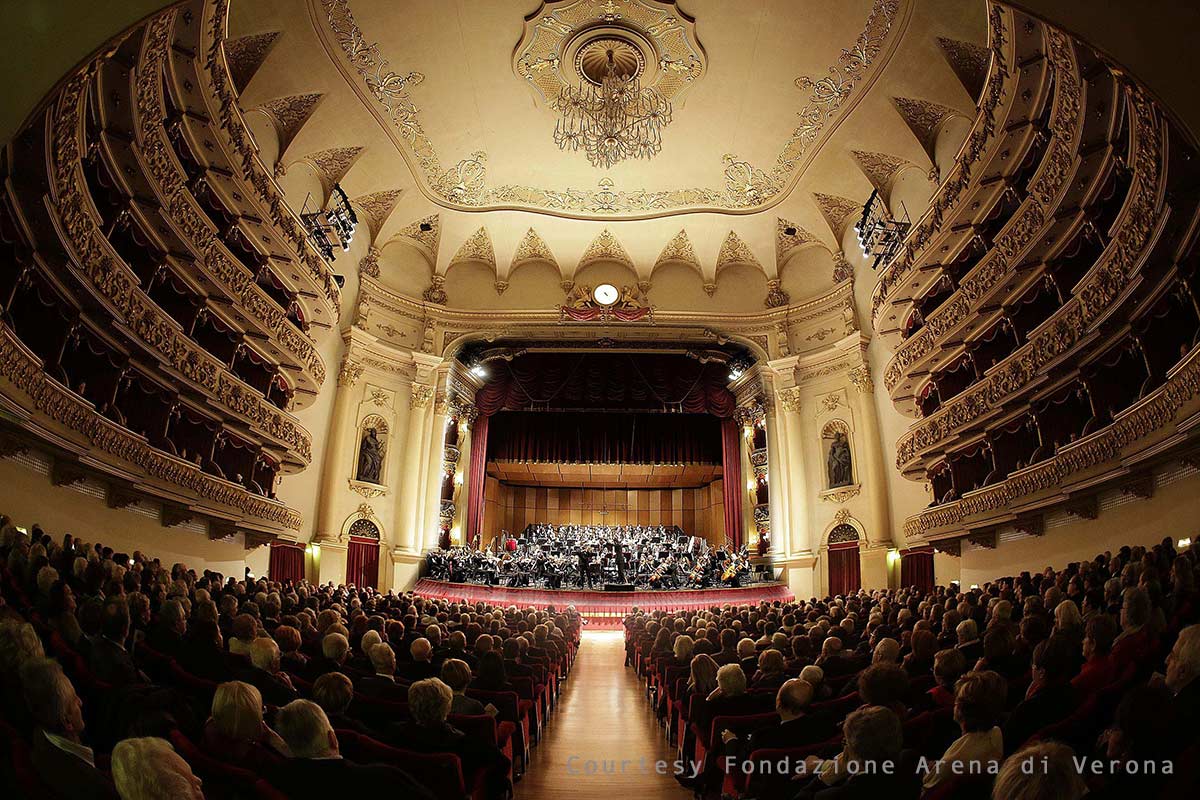
If you are in Verona to attend the opera or a concert in the enchanting atmosphere of the Teatro Filarmonico, you can deepen your knowledge of the city with a tour guide. We also have guided tours to discover Verona's long musical tradition.
Write to us for more information on the events of the Verona Philharmonic season.
Info & Bookings:
+39 333 2199 645 info@veronissima.com P.I. 03616420232 C.F. CPPMHL74L13L781C
The Program
The "Settembre dell'Accademia"
One of the most eagerly awaited moments in the calendar of Verona's Teatro Filarmonico is the "Settembre dell'Accademia", which opens the season in the autumn. This is a series of concerts given by important orchestras and soloists on the international scene.
Opera and Concerts
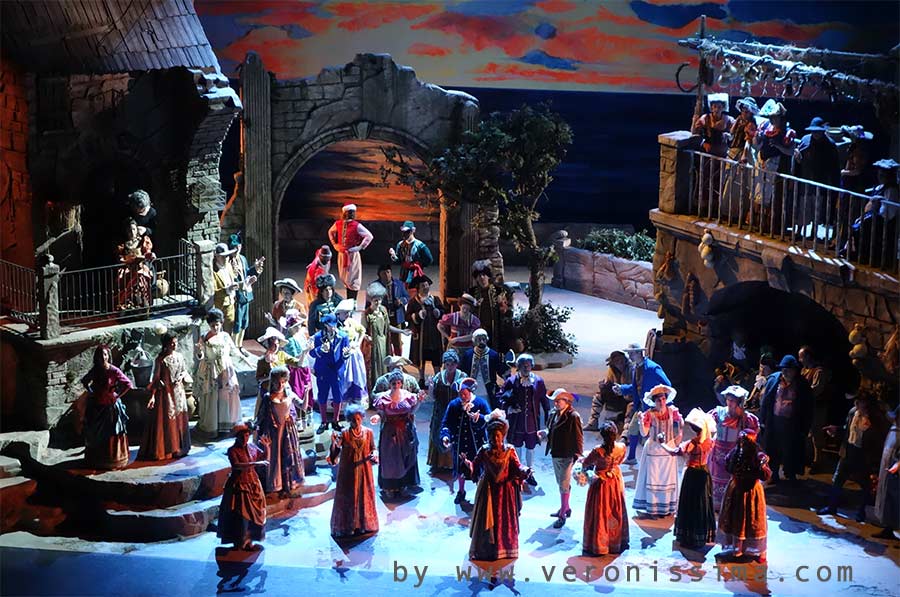
The season continues throughout the autumn and winter months with a rich programme of operas, operettas and concerts performed by the Arena di Verona orchestra and choir. The scenery and costumes are always very refined and charming.
Besides the Opera
The Philharmonic Theatre is also used for artistic and musical productions outside the classical music programme.
The History of the Philharmonic Theatre
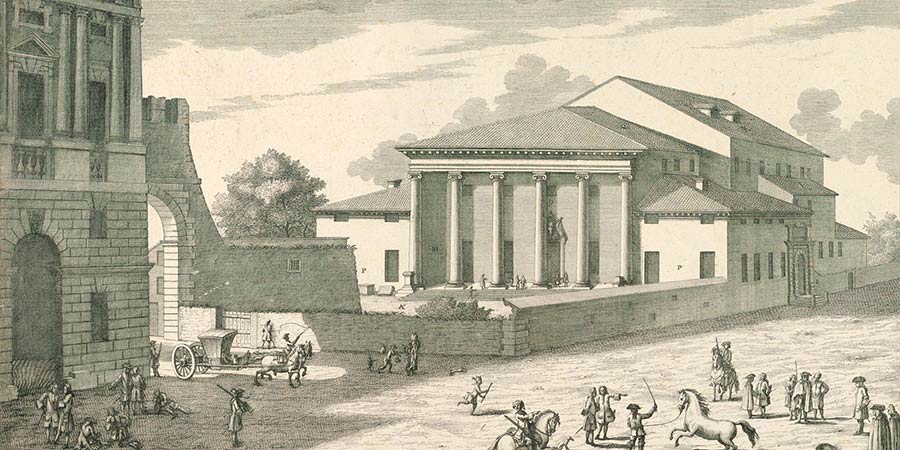
The Accademia Filarmonica
As far back as 1543, a Philharmonic Academy was active in Verona. It was an association that over time brought together the most prominent figures in Veronese society and culture. The Accademia Filarmonica di Verona did not have a fixed seat, but met from time to time in the rooms of the noble palaces of some of its illustrious members, such as Palazzo Giusti. Here took place scientific and literary meetings, debates and music concerts which was one of the main aims of the institution.
Scipione Maffei
At the beginning of the 18th century, the need for a permanent opera house was also felt in Verona. Despite three centuries of political and administrative subordination to Venice, Verona still managed to maintain its own artistic identity and a lively cultural life.
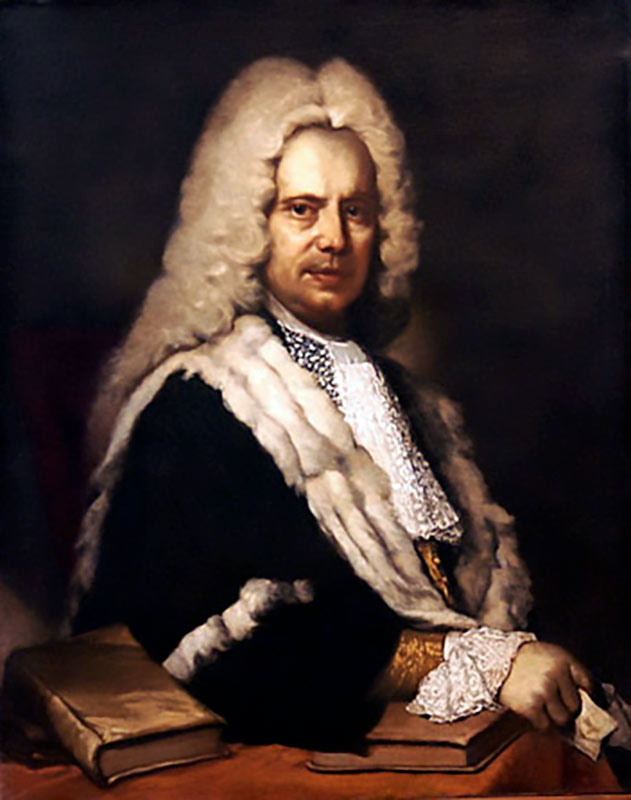
The animator of Verona's intellectuals was Scipione Maffei, a member of a noble family and a typical example of an Enlightenment personality with a European outlook. It was he who promoted the creation of a permanent home for the Accademia Filarmonica, of which he was an illustrious member. The building would have housed the theatre and a museum where Maffei's collection of ancient inscriptions could be exhibited.
If you want to know more
Maffeiano Insriptions Museum
Scipione Maffei's collection of Roman and Greek epigraphs on display in the courtyard of the Teatro Filarmonico. One of the oldest museums in Europe.
GOThe Project
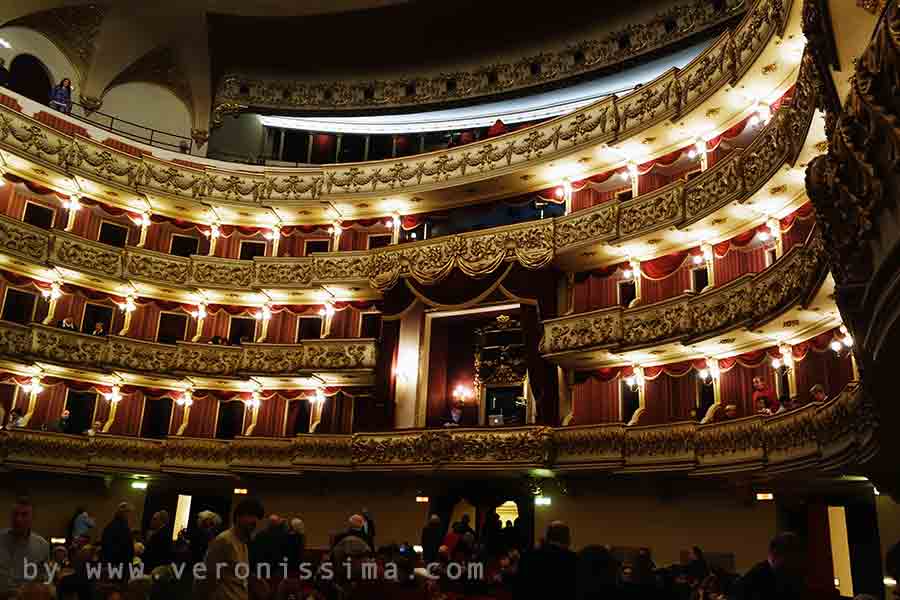
The design of Verona's Philharmonic Theatre was entrusted to Francesco Galli da Bibbiena, the most famous architect of the time who specialised in the construction of theatres. It was a typical horseshoe-shaped Italian theatre, with a series of tiers of boxes and a rich decoration in relief and gold leaf. In the same years theatres such as La Fenice in Venice, Teatro Argentina in Rome, San Carlo in Naples and La Scala in Milan were being built.
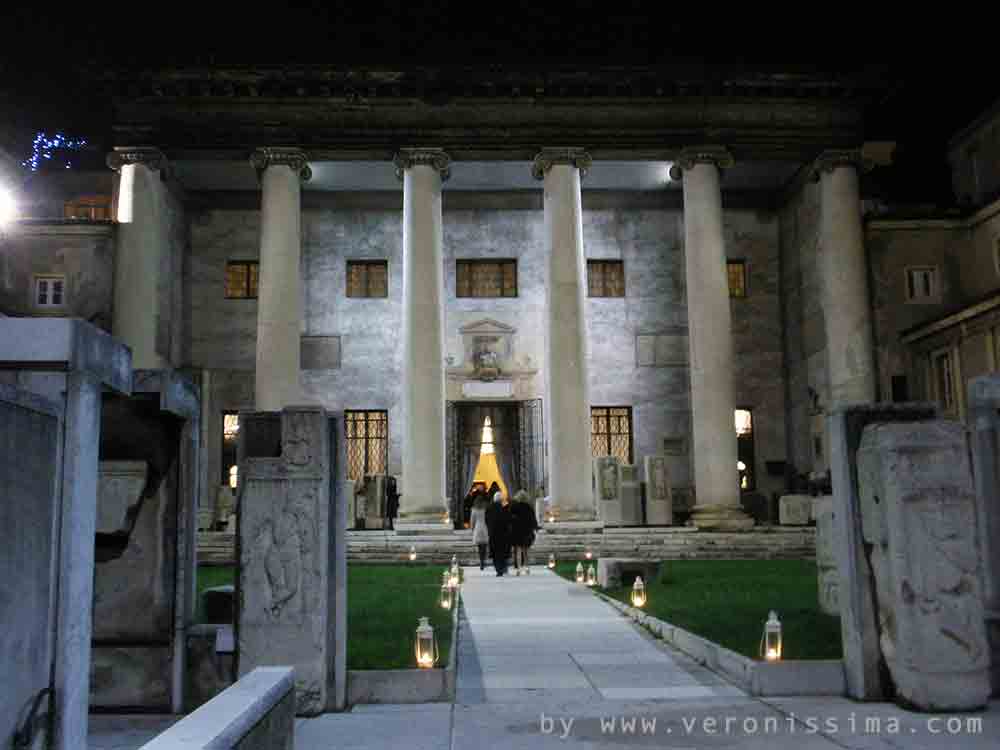
A special feature of Verona's Teatro Filarmonico is the main entrance through an internal courtyard where the collections of the Museo Lapidario wanted by Scipione Maffei are displayed. This is the oldest lapidary museum in the world and one of the oldest public museums in Europe. The courtyard leads to the vestibule of the theatre itself through the imposing neoclassical façade with Doric columns of giant order, designed by Alassandro Pompei.
Mozart
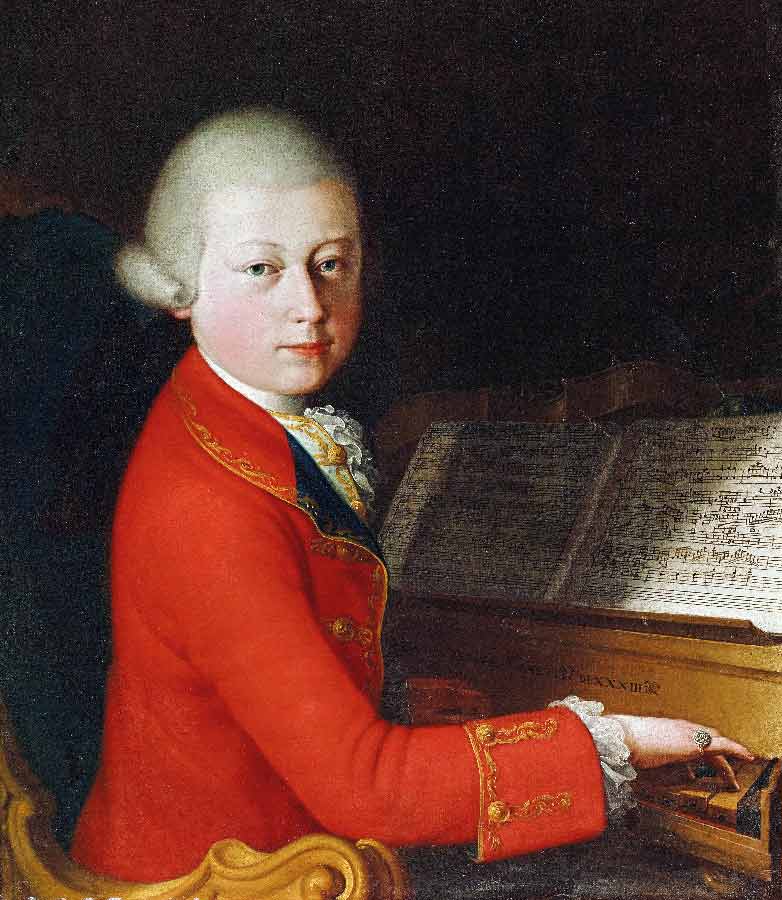
In 1770, a young Mozart, travelling through Italy with his father, gave a concert in the Sala Grande (now Sala Maffeiana) of the Teatro Filarmonico in Verona, astounding those who attended with his talent and being appointed Maestro di Cappella of the Accademia.
Reconstructions
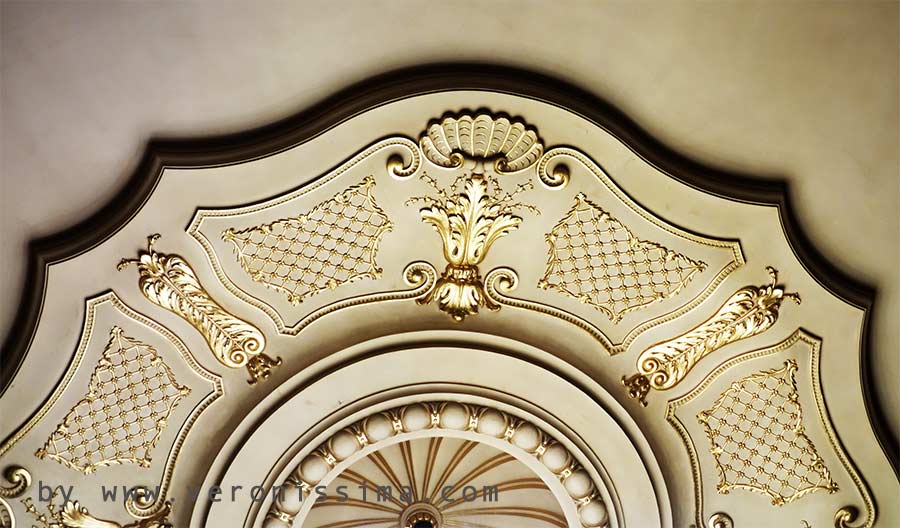
The Philharmonic Theatre was destroyed twice, by fire in 1749 and by bombing during World War II in 1945. In the subsequent reconstruction, however, efforts were made to maintain the structure and decorative layout originally designed by Bibbiena.
In the twentieth century a portico surmounted by a terrace was added, running around two sides of the building where the Philharmonic Theatre is located. It was made by Ettore Fagiuoli, the most influential Veronese architect of the 20th century, set designer of the first editions of the opera in the Arena.
Info & bookings:
+39 333 2199 645 info@veronissima.com P.I. 03616420232 C.F. CPPMHL74L13L781C
+39 333 2199 645
info@veronissima.com

 IT
IT 日本
日本 DE
DE FR
FR 中文
中文 ES
ES